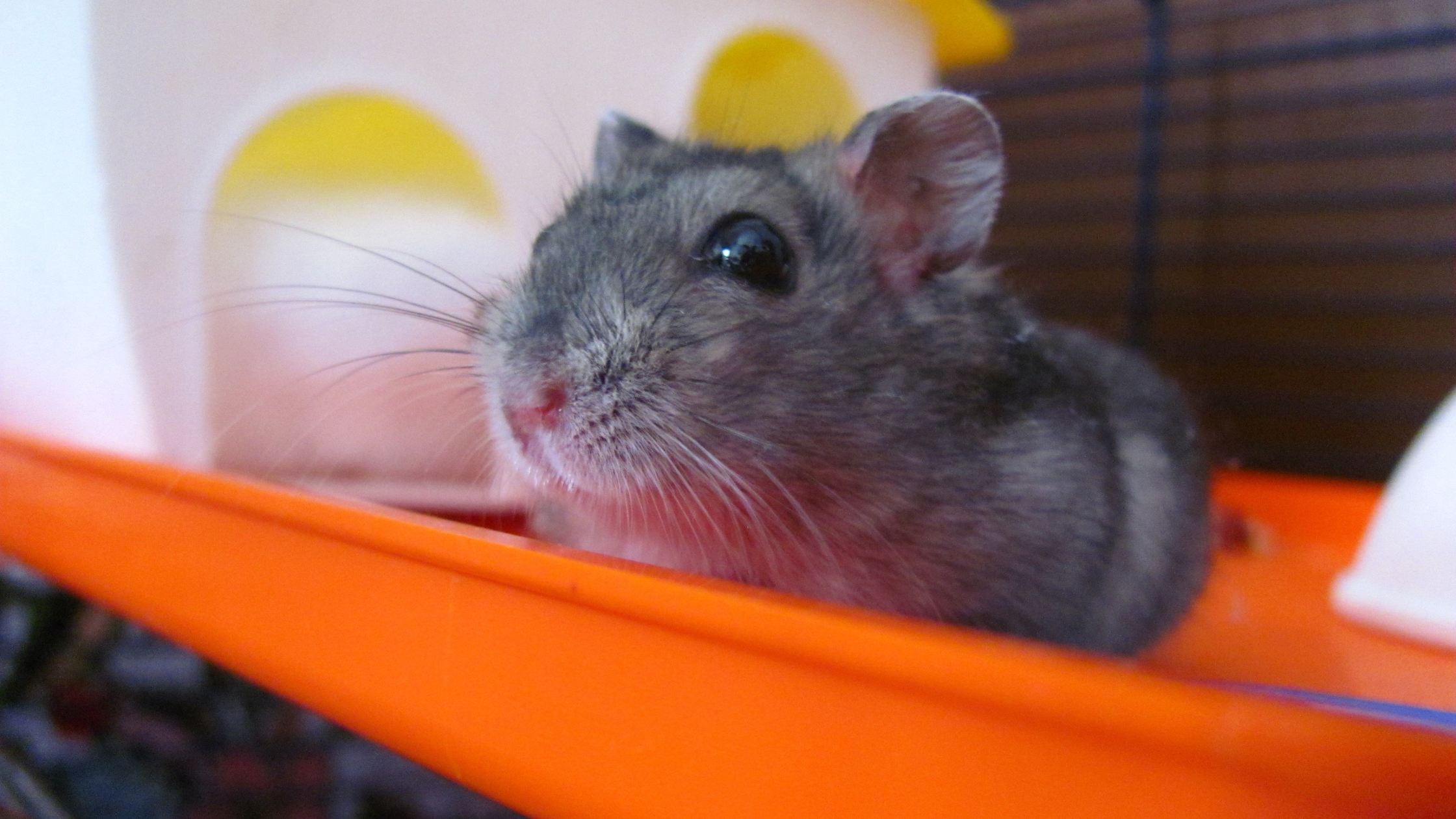
Introduction
Imagine a small, furry companion that can bring joy and amusement into your home. This is precisely what pet hamsters offer as charming little animals that are both entertaining and relatively low-maintenance. As their popularity as pets continues to rise, understanding their unique needs is essential for potential owners.
Hamsters come in various breeds, each with distinct characteristics and care requirements. Whether you are drawn to the gentle nature of Syrian hamsters or the playful behaviour of dwarf hamsters, knowing how to choose and care for your pet is crucial for their well-being. Additionally, creating a suitable habitat, ensuring proper nutrition, and monitoring their health will help you provide the best life possible for your new friend.
In this ultimate guide to pet hamsters, we will cover everything from selecting the right breed to maintaining a healthy diet, ensuring an engaging environment, and keeping your furry friend happy and healthy. Together, we’ll explore the tips, care essentials, and some fun facts that will enrich your experience of being a hamster owner.
Choosing the Right Hamster Breed
When selecting a pet hamster, it’s important to understand that there are several breeds to choose from, each with its distinctive characteristics and care requirements. The most popular species of hamster for pets include Syrian hamsters, also known as golden hamsters, and various breeds of dwarf hamsters like Winter Whites, Campbell’s, and Roborovski. Less common are Chinese hamsters, which possess a longer body shape. Your choice may be influenced by factors such as the size of the hamster, its temperament, and the space you have available.
Syrian Hamsters: Characteristics and Care Needs
Syrian hamsters are the largest of the pet hamster breeds, and because of their size, they require a larger cage to roam and exercise. They are solitary animals and should be housed alone to avoid aggressive encounters. Recognisable by their golden fur, though they come in many other colours now, they have cheek pouches that they use to transport food. Caring for Syrian hamsters involves providing them with ample space, a food bowl with a suitable hamster diet, fresh water daily, and hiding places for a sense of security. They are susceptible to health issues such as Wet Tail — a stress-induced illness — thus, maintaining a clean habitat away from loud noises and extreme changes in temperature is crucial.
Dwarf Hamsters: Types and Personality Traits
Dwarf hamsters are smaller than Syrian hamsters and are known for their sociable nature, often living peacefully in pairs or groups if they are brought up together from a young age. The main types of dwarf hamsters are the Campbell’s Dwarf Hamster, the Winter White Russian Dwarf Hamster, and the Roborovski Hamster. They are fast and active, requiring a secure enclosure to prevent escapes. Dwarf hamsters are also prone to diabetes, so their diet should be monitored carefully. Unlike the Syrian, they are more tolerant of their own kind but still require vigilant supervision to prevent potential squabbles.
Special Considerations for Breeds
When choosing a pet hamster breed, consider their natural behaviours derived from wild hamsters, as they are prey animals that prefer to avoid direct sunlight and have specific dietary requirements. All breeds need access to a water bottle with fresh water and a wheel for exercise. Female hamsters tend to have a stronger odour due to their reproductive cycles, and some breeds, like the Chinese hamster, may have more stringent care requirements or exhibit more escape-prone behaviour. Furthermore, different breeds have varying lifespans and susceptibilities to certain health issues such as respiratory issues or loss of appetite, which can indicate stress or illness. Always ensure that their living environment is safe from hazards like extreme temperatures, and provide them with enrichment such as a hamster ball for exercise to promote a healthy lifestyle.
In conclusion, when considering hamsters as pets, it is important to research and understand the care requirements specific to the breed you are interested in. Whether you select a Syrian or a dwarf hamster, ensuring you meet their dietary, behavioural, and environmental needs will result in a happier, healthier pet.

Selecting a Healthy Hamster
When bringing a pet hamster into your home, selecting a healthy individual is paramount for a rewarding experience for both you and your new companion. A healthy hamster typically exhibits an active and inquisitive behaviour, indicating it is engaging with its environment in a positive way. During the selection process, it’s critical to observe the hamster for clear, bright eyes without discharge, as this is a strong sign of good ocular health.
Health Signs to Consider Before Purchase
|
Health Signs |
Expected Condition |
|---|---|
|
Eyes |
Clear and bright |
|
Ears/Nose |
Clean/no discharge |
|
Coat |
Full, well-groomed |
|
Activity |
Alert and curious |
Health Signs to Consider Before Purchase
Before adding a pet hamster to your family, it’s key to note specific health indicators to select a happy and energetic companion. Start by observing the hamster’s activity; a vibrant pet should be alert and active. Lethargy can be a red flag for health issues.
Pay attention to the eyes and fur of the potential pet. Clear, bright eyes and clean, dry fur are signs of a healthy hamster. Any discharge or matting could indicate illness. Further, make sure to watch for any signs of respiratory issues, like wheezing or laboured breathing, which could suggest respiratory infections.
Inspect the hamster’s body for any abnormalities such as bumps or an uneven body shape, which may point to health complications. Here is a quick checklist for evaluating the health of a hamster:
|
Health Indicator |
What to Look For |
|---|---|
|
Activity Level |
Alertness, energy |
|
Eyes and Fur |
Clarity, dryness |
|
Breathing |
Ease, without wheezing |
|
Body Shape |
Well-defined, no bumps |
|
Eating/Drinking |
Consistency in routine |
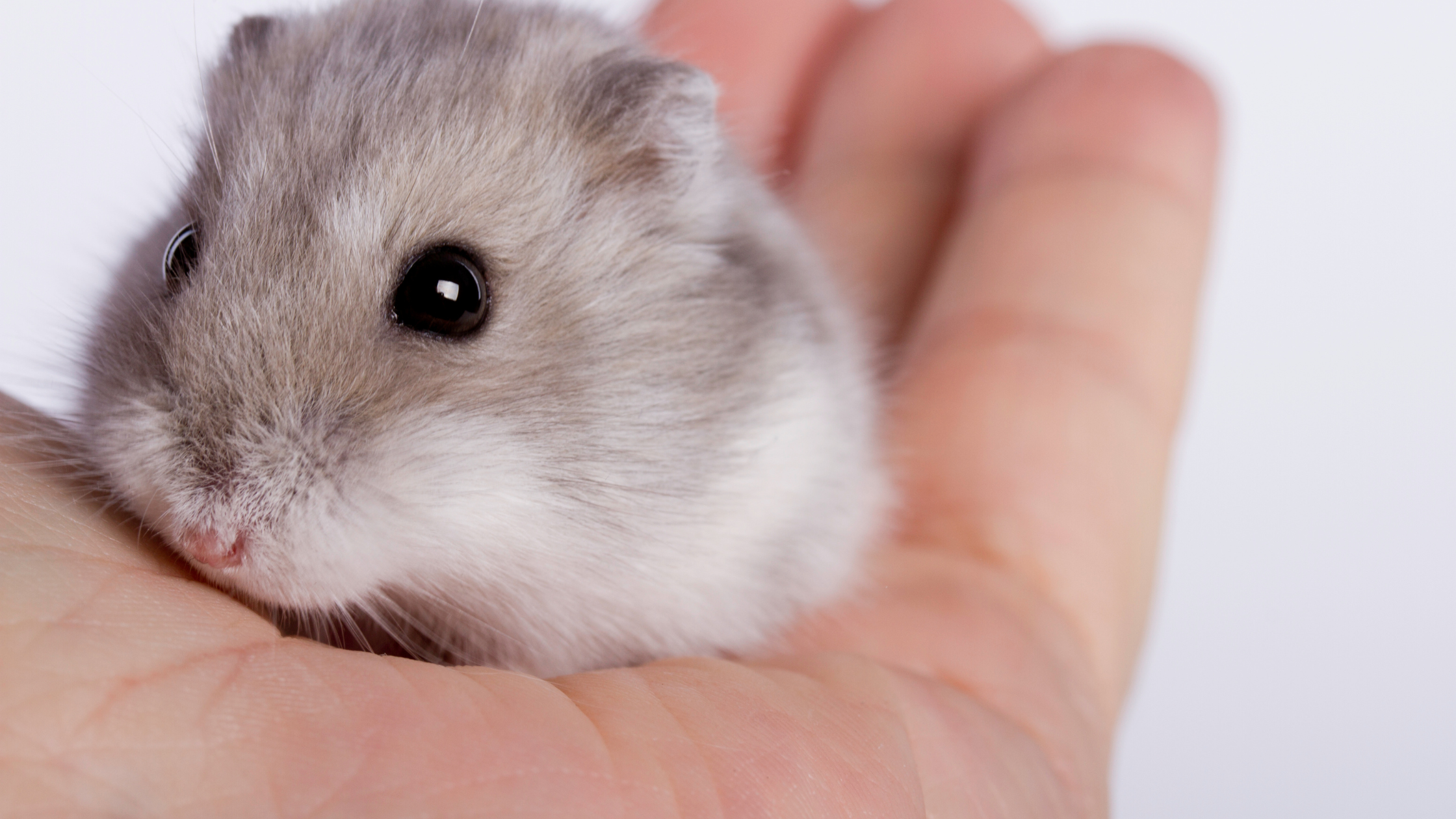
Essential Housing Requirements
When setting up a habitat for your pet hamster, it’s important to ensure that you meet all the essential housing requirements to keep your furry friend safe, healthy, and happy. A well-equipped cage should provide ample space for exercise, areas for hiding and sleeping, and necessary accessories like a water bottle and food bowl. Additionally, hamsters need a comfortable environment that mimics their natural habitat as much as possible, with places to burrow and explore.
Choosing the Right Cage Size and Type
The size and type of cage you select for your hamster are vital to their well-being. Syrian hamsters, also known as golden hamsters, are larger and require more space, with a minimum cage size of 24 inches by 12 inches and at least 12 inches tall. On the other hand, dwarf hamsters, such as Winter Whites, can live in a slightly smaller enclosure but still appreciate room to roam.
Wire cages offer excellent ventilation and are easy to clean, but ensure the bar spacing is narrow enough to prevent escape. Aquariums or modular plastic cages can also be suitable but require more attention to ventilation. When choosing a type, avoid cages with multiple levels or tubes for dwarf hamsters and Chinese hamsters, as they can find these setups difficult to navigate.
Bedding Materials: What’s Safe and Recommended
Selecting the appropriate bedding materials is essential for your hamster’s comfort and health. Safe bedding options include paper-based products, aspen shavings, or hardwood shavings free of oils and scents. Cedar and pine bedding should be avoided due to their strong odors and potential to cause respiratory issues.
|
Recommended Bedding Types |
Notes |
|---|---|
|
Paper-based |
Dust-free, absorbent |
|
Aspen shavings |
Safe, avoid aromatic oils |
|
Hardwood shavings |
Ensure it’s unscented |
Make sure to provide a generous layer of bedding—typically 2 to 3 inches deep—to allow for burrowing and nest-building.
Importance of Ventilation and Space
Proper ventilation is critical in any hamster habitat to prevent the buildup of ammonia from urine, which can lead to respiratory problems. A wire cage naturally offers good airflow, while tanks need a mesh lid to facilitate circulation.
However, ventilation isn’t the only consideration. Hamsters, being prey animals, require ample space to exercise and satisfy their instinct to explore. The cage should also be kept away from direct sunlight to prevent overheating and in a quiet area to minimise stress from loud noises. Providing a spacious and well-ventilated environment will help ensure that your pet hamster lives a healthy and stress-free life.

Creating a Stimulating Environment
Just as a thriving work environment is essential for employee satisfaction, a stimulating habitat is crucial for the happiness and wellbeing of a pet hamster. Regular engagement through the addition of new toys and accessories can foster a sense of excitement and curiosity for your hamster. The satisfaction that comes from exploration and play is closely linked to your hamster’s happiness and can significantly impact their overall health.
Creating an environment that promotes active exploration and the ability to exhibit natural behaviours is key to ensuring your pet hamster’s contentment. When hamsters feel connected and stimulated by their environment, their physical and mental health benefits. A well-designed habitat with appropriate toys and exercise equipment aligns with a hamster’s innate desires to burrow, climb, and forage, leading to a well-adjusted and happy pet.
Additions to the Cage: Toys and Accessories
To enhance your pet hamster’s habitat, consider adding a variety of toys and accessories. These could include:
- Chew toys: Made from safe, untreated wood or hard cardboard to help maintain dental health.
- Hiding places: Little huts or tunnels where hamsters can retreat and feel secure.
- Climbing structures: Small bridges or ladders that encourage climbing and provide enrichment.
A well thought out selection of toys and accessories can prevent boredom and furnish your pet with opportunities to mimic behaviors they might display in the wild. Always ensure that any item introduced to the cage is made from non-toxic materials and has no small parts that could be ingested.
The Role of Exercise Wheels and Tunnels
Exercise wheels and tunnels are vital components of a pet hamster’s environment. A wheel allows hamsters to run, providing much-needed cardiovascular exercise which is essential for their health — consider a solid surface wheel to protect their small feet from injury. Tunnels, on the other hand, cater to their natural instinct to burrow and explore.
- Exercise wheels: These should be of an appropriate size to prevent back issues, allowing the hamster to run with a straight back.
- Tunnels: Clear plastic tunnels can be especially engaging, as they allow you to watch your pet during its adventures.
In the wild, hamsters can travel several miles in search of food, and these accessories mimic that experience, giving your pet a sense of freedom and activity.
Enrichment Activities to Keep Hamsters Engaged
Beyond physical objects, there are activities that can provide mental stimulation and enrichment to your pet hamster’s life:
- Foraging: Hide small treats around the cage to encourage natural foraging behaviour.
- Training: Teach simple tricks or encourage them to navigate through obstacle courses.
- Bonding time: Handle your hamster gently to build trust and companionship.
Regular implementation of these enrichment activities can keep your pet hamster engaged, reducing the likelihood of stress or boredom-induced behaviors. It’s essential to tailor these activities to your specific pet’s personality and preferences for a truly enriching environment.
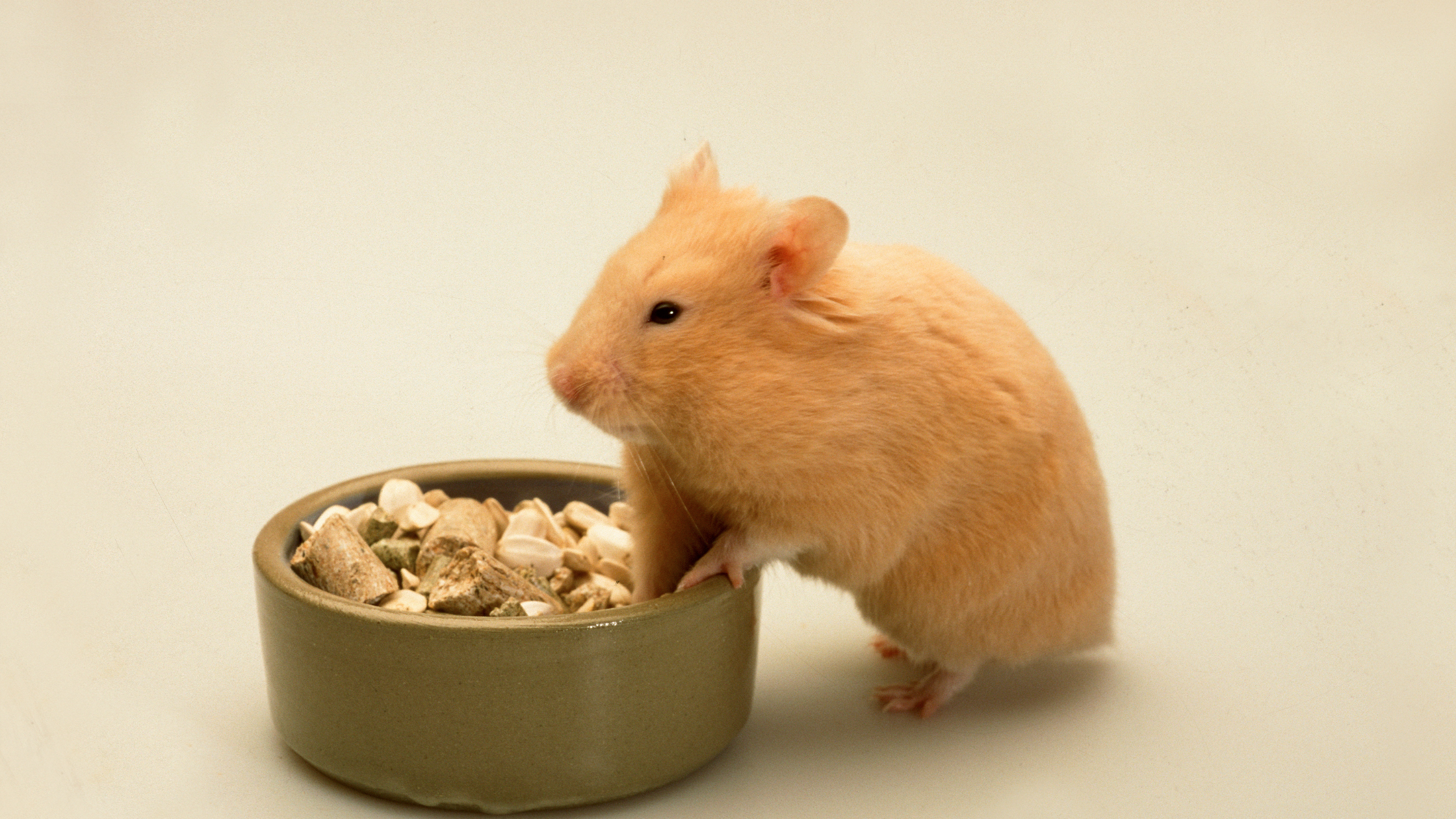
Proper Hamster Diet
Maintaining a balanced diet for your pet hamster is key to ensuring its health and longevity. A proper hamster diet consists of a mix of commercial hamster food, a variety of fresh foods, and occasional treats. The hamster diet closely mirrors what wild hamsters would eat, with an emphasis on seeds, nuts, grains, fruits, and vegetables.
Nutritional Needs: Pellets vs. Fresh Foods
When feeding your pet hamster, finding the right balance between commercial food and fresh foods is essential. Pellets are a necessary part of the hamster’s diet because they are formulated to provide a concentrated source of nutrition. These foods usually contain a blend of vegetables, grains, vitamins, and minerals to cover the basic dietary needs of hamsters.
However, fresh foods play an equally important role. They add necessary variety and additional vitamins to a hamster’s diet, with the fibre and water content helping with digestion and hydration. Fresh fruit, in particular, should be given in moderation due to its fructose and glucose content. Apples, bananas, and berries can be excellent choices but only in small, controlled quantities to avoid excess sugar intake.
Including fresh foods can also aid in weight management for your pet. The higher fibre content in vegetables like broccoli, carrots, or spinach helps promote satiety, thus reducing the likelihood of overeating. A well-balanced diet that combines the nutritional density of pellets with the variety and hydration benefits of fresh foods will go a long way in keeping your hamster healthy.
Foods to Avoid: Toxic Items and Unsafe Treats
Not all food is safe for hamsters. It’s important to know which items to avoid to prevent potential toxicity. For instance, tomatoes were once thought to be poisonous to Europeans, a misconception tied to the acidic fruit’s reaction with lead-containing pewter plates, leading to lead poisoning. While tomatoes are not actually toxic to hamsters, the example underscores the importance of understanding what is safe for your pet.
Furthermore, certain foods, such as chocolate, caffeine, or any food high in sugar and fat, should be strictly avoided as they can cause serious health issues including diabetes and obesity. Also, sticky or overly hard foods can be difficult for hamsters to eat and should be omitted from their diet.
When preparing food for your hamster, keep in mind that microwaving treats can alter their properties. While this method of cooking is generally safe, it’s always best to serve fresh, raw foods to your hamster to avoid any accidental harm from improperly microwaved goods.
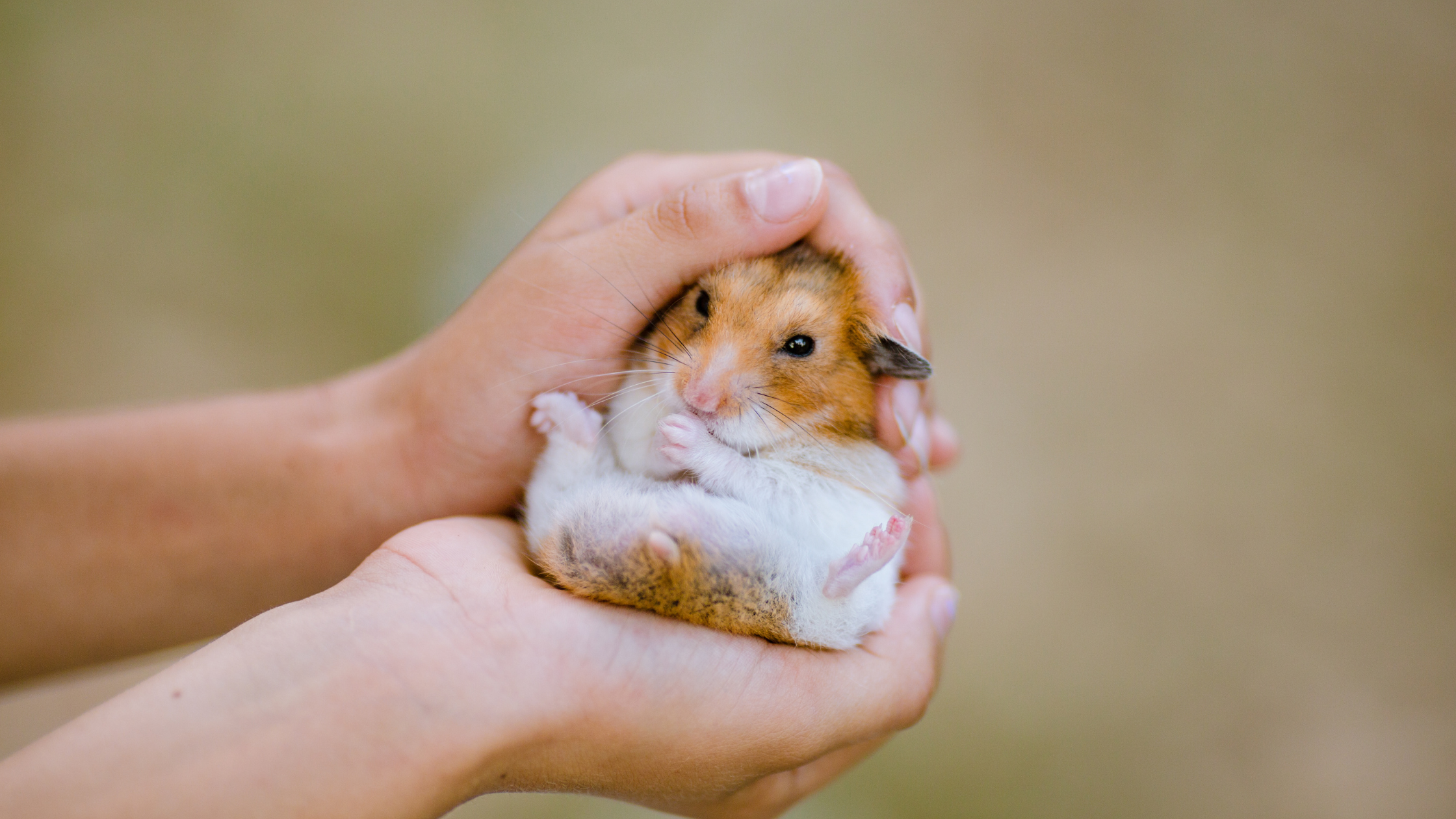
Handling Your Hamster Safely
Approaching and handling your pet hamster requires a gentle and considerate touch to ensure their safety and comfort. Since hamsters are small and delicate creatures, they can easily become frightened or injured if not handled properly. Providing a calm environment, free of loud noises and disturbances, is key to creating a trust-based relationship with your pet.
Tips for Picking Up and Holding Your Hamster
When picking up your hamster, always approach them calmly and let them see and smell your hand before scooping them up. Use cupped hands to support their body from underneath, allowing them to sit in the palm of your hand while your other hand gently restrains them from the top. Remember to stay close to the ground or a surface to minimise the distance of a potential fall. It’s crucial to avoid grabbing them tightly or picking them up by the scruff or limbs, as this can cause harm and distress.
Recognising Stress Signs in Hamsters
Hamsters, like many animals, can experience stress, which may manifest in various behaviours and physical cues. Watch for signs such as hiding more than usual, excessive grooming, and showing aggression, which may indicate that your pet feels stressed. Noticeable changes in eating or drinking habits can also be a significant sign of discomfort. Additionally, environmental factors play a role in their well-being, so keep their cage in a location with a low noise level and out of direct sunlight, which can lead to stress and even heatstroke. Observing your hamster’s body language, like flattened ears or a hunched posture, provides insights into their feelings. Providing a stable routine, including regular feeding times and consistent handling practices, will encourage a sense of security, reducing potential stress.
Training Your Hamster for Handling
Training your hamster to enjoy handling starts with patience and consistency. Begin by spending time near their habitat, speaking softly to get them accustomed to your presence and voice. Offer treats from your hand to create a positive association. As trust builds, encourage your hamster to climb onto your hand by itself with the temptation of treats, progressively increasing the amount of time you spend holding them. It’s important to conduct handling sessions when your hamster is naturally awake and active to avoid disrupting their sleep cycle. With time and persistent gentle interaction, your hamster should become more comfortable with being handled.
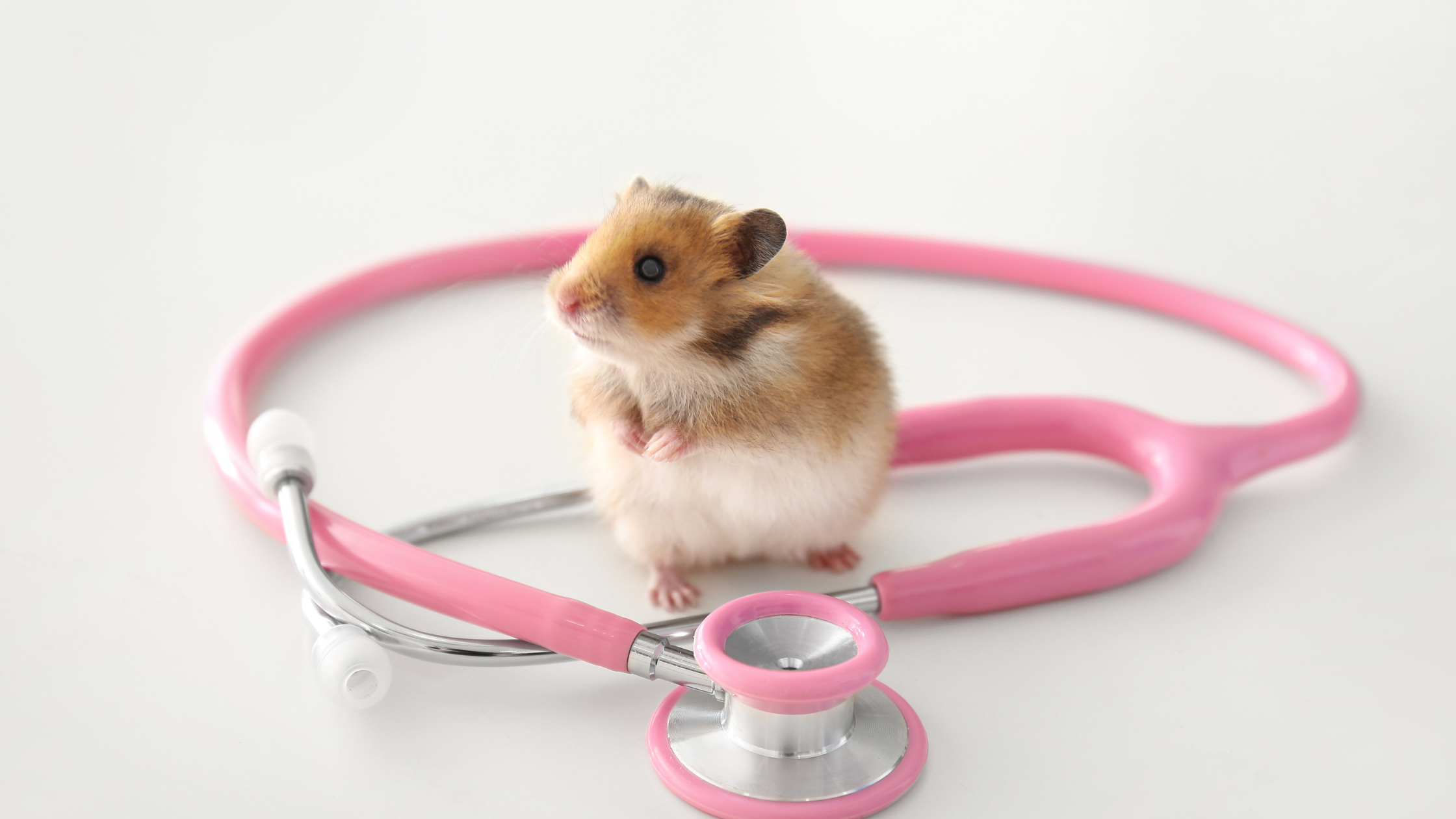
Health Monitoring and Veterinary Care
Ensuring the health and well-being of a pet hamster requires a vigilant eye and regular veterinary care. While these small creatures may not need the same level of medical attention as larger pets like cats and dogs, they are not exempt from health issues. Regular veterinary check-ups are instrumental for early detection of potential problems. During such check-ups, veterinarians can conduct thorough examinations to assess the hamster’s health and provide advice on care requirements.
Pet owners should prioritise finding a vet who has a special interest in small animals and feels comfortable treating them. This specialized attention is vital because hamsters have different needs and susceptibilities compared to larger pets. Alongside regular vet visits, maintaining a clean habitat and offering a balanced diet are key factors that can help keep your hamster healthy. It is imperative for owners to observe for any signs of illness, such as behavioral changes or changes in appearance, and seek prompt veterinary attention if any anomalies are detected.
Regular Checks for Common Health Issues
When it comes to hamsters, some health issues are more prevalent and require attention. Regular checks for common concerns such as Wet Tail—a serious and often fatal condition prevalent among especially Syrian and Golden hamsters—should be part of routine care. Monitoring for signs of respiratory issues, loss of appetite, and skin problems will allow for timely intervention. Observing your hamster’s behaviour can also be telling; lethargy or changes in grooming habits could signal an issue requiring medical attention.
Finding a Vet Who Specialises in Small Animals
A veterinarian experienced in treating small animals is an invaluable resource for a pet hamster owner. These professionals are adept at handling unique health challenges faced by dwarf hamsters, Winter Whites, Chinese hamsters, and other species. They can offer tailored advice on a suitable hamster diet and discern subtle signs that could indicate health problems. Pet owners should look for a vet with proven expertise in small animals for regular check-ups and in case of emergencies. Access to financing options like CareCredit can ease concerns over unexpected medical expenses, ensuring that pet hamsters receive necessary treatments without delay.
Vaccination and Preventative Care
While common pets such as dogs and cats have well-defined vaccination schedules, this is not the case for hamsters. In general, pet hamsters do not require vaccinations like larger domesticated animals. However, preventative care remains a key aspect of keeping your hamster healthy. This includes maintaining a clean living environment, providing a balanced and nutritious diet, and avoiding stressors such as loud noises or direct sunlight, which could potentially weaken the hamster’s immune system. Additionally, regular checks to guard against parasites and skin conditions are a component of proactive health management.
By following the outlined care requirements and health monitoring practices—paired with the expertise of a specialised vet—owners can ensure their pet hamsters live fulfilling and healthy lives.
Fun Facts About Hamsters
Fun Facts About Hamsters
Hamsters are fascinating pets with behaviours and characteristics that are both intriguing and adorable. These nocturnal animals boast an energetic lifestyle that largely goes unseen, as they are most active at night when their human owners are typically asleep. During their nightly adventures, hamsters can impressively run up to 8 miles, making their exercise wheels an essential addition to their habitat.
What truly stands out in the world of hamster quirks are their cheek pouches. These stretchable storage compartments enable hamsters to carry sizeable amounts of food. In the wild, this trait is critical for survival, allowing them to transport food back to their burrows. The pouches are not merely for show; they serve as a mobile pantry for these little creatures.
Living an average of 2 to 3 years, hamsters have a relatively short lifespan. With optimal care, some species can even surpass this expectancy. These pets rely on their acute sense of smell for navigation and communication, a testament to their adaptive nature in the wild.
Here’s a snapshot of these captivating facts:
- Primarily nocturnal
- Can run up to 8 miles nightly
- Have cheek pouches for food storage
- Average lifespan: 2-3 years
- Strong sense of smell for navigation and communication




